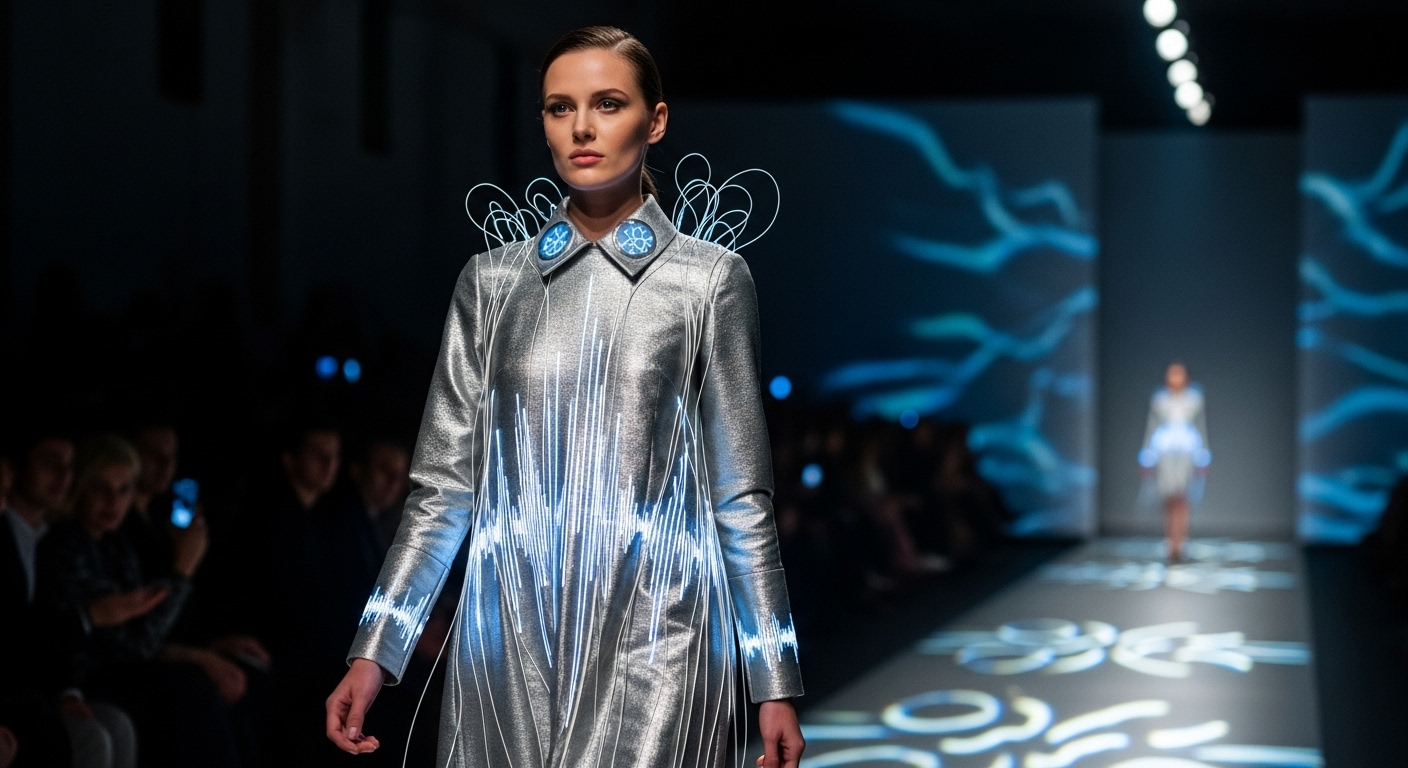Holographic Fashion: Redefining Runway Shows
In the ever-evolving landscape of high fashion, a groundbreaking technological fusion is reshaping the way we experience runway shows. Holographic fashion presentations are emerging as a revolutionary medium, blending cutting-edge digital imagery with the artistry of couture. This innovative approach is not only captivating audiences but also challenging traditional notions of fashion showcases. As designers and tech visionaries collaborate, we're witnessing the birth of a new era in fashion presentation that promises to transform the industry's future.

Technological Marvels Behind the Scenes
At the heart of holographic fashion shows lies a complex array of cutting-edge technologies. High-powered laser projectors, advanced motion capture systems, and sophisticated rendering software work in concert to create lifelike, three-dimensional images of models and garments. These virtual representations can be manipulated in real-time, allowing designers to showcase their creations in ways previously impossible with physical models. The result is a mesmerizing display that combines the tactile allure of fashion with the limitless possibilities of digital art.
Reimagining the Runway Experience
Holographic fashion shows are fundamentally changing the way audiences engage with new collections. No longer constrained by physical limitations, designers can now present their visions in fantastical settings, from underwater seascapes to futuristic cityscapes. This immersive approach allows for a more dynamic and interactive experience, where garments can transform before the viewers’ eyes, showcasing multiple designs in rapid succession. The ability to manipulate scale and perspective also offers unprecedented opportunities to highlight intricate details and craftsmanship.
Sustainability and Accessibility in Focus
One of the most compelling aspects of holographic fashion shows is their potential to address long-standing industry challenges. By reducing the need for physical samples and international travel, these digital presentations offer a more sustainable alternative to traditional runway shows. Additionally, the virtual nature of these events democratizes access to high fashion, allowing a global audience to experience the spectacle of a couture show from anywhere in the world. This increased accessibility has the potential to broaden the industry’s reach and cultivate new markets.
The Future of Fashion Presentation
As holographic technology continues to evolve, its integration with the fashion industry is poised to deepen. Industry experts predict a future where augmented reality allows consumers to virtually try on garments showcased in holographic fashion shows, blurring the lines between presentation and retail. Some visionaries even speculate about the possibility of fully customizable, holographic clothing that can change patterns and styles at will, ushering in a new era of personal expression and sustainable fashion consumption.
Challenges and Criticisms
Despite its potential, the rise of holographic fashion shows has not been without controversy. Critics argue that the technology may dehumanize the fashion industry, removing the personal touch that physical models and live audiences bring to runway shows. There are also concerns about the significant upfront costs associated with implementing holographic systems, which could potentially exclude smaller, independent designers from participating in this technological revolution. As the industry grapples with these challenges, finding a balance between innovation and tradition will be crucial for the widespread adoption of holographic fashion presentations.





